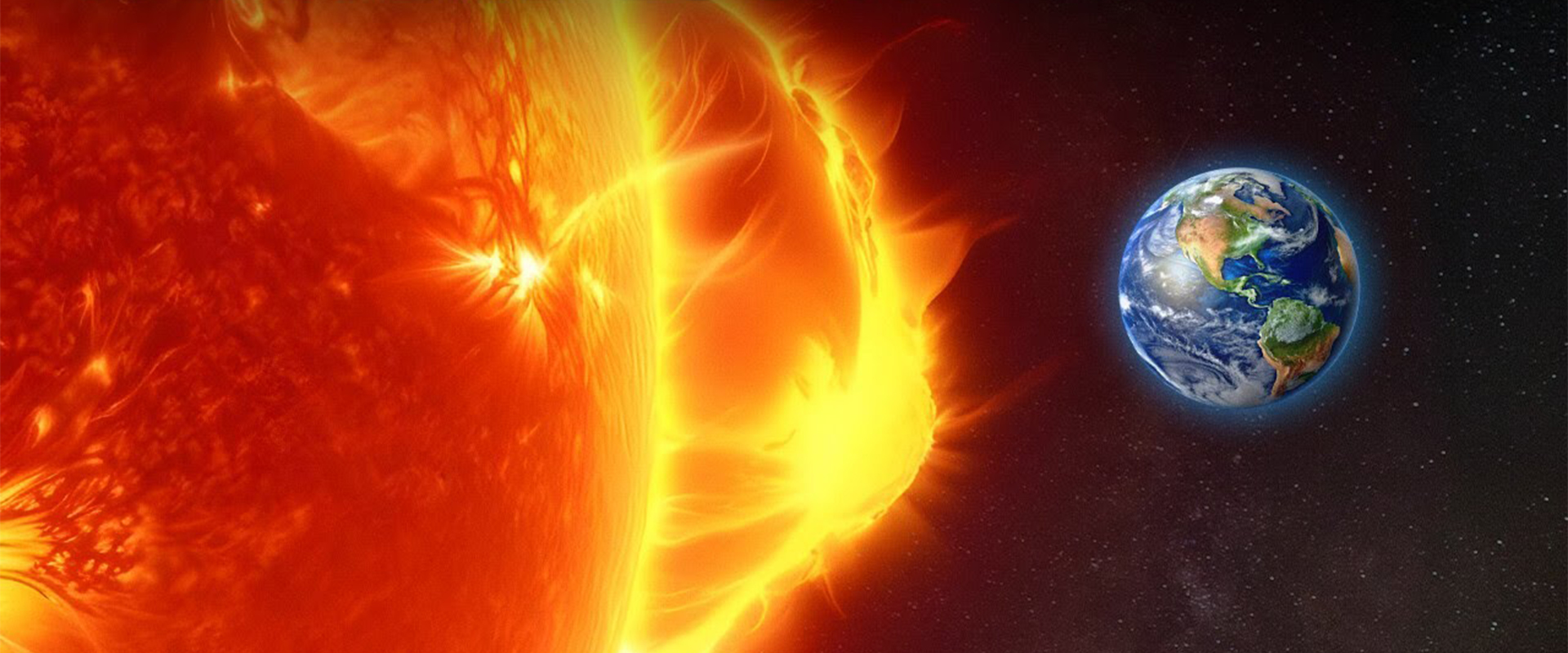What Is The Interplanetary Transport Network? Free Travel Across the Solar System
Sure, if you ve got lots of energy, you can zip around the Solar System. But if you’ve got time and rocket fuel is in short supply, you can take the Interplanetary Superhighway. References: http://www2.esm.vt.edu/~sdross/papers/AmericanScientist2006.pdf http://www.gg.caltech.edu/~mwl/publications/papers/lunarGateway.pdf http://www.martinlo.com/Home/Welcome.html Support us at: http://www.patreon.com/universetoday More stories at: http://www.universetoday.com/ Follow us on Twitter: @universetoday Follow us on Tumblr: http://universetoday.tumblr.com/ Like us on Facebook: https://www.facebook.com/universetoday Google+ - https://plus.google.com/+universetoday/ Instagram - http://instagram.com/universetoday Team: Fraser Cain - @fcain / frasercain@gmail.com Karla Thompson - @karlaii Chad Weber - weber.chad@gmail.com It was with great fanfare that Elon Musk announced SpaceX’s plans to colonize Mars with the Interplanetary Transport System. I really wish they’d stuck to their original name, the BFR, the Big Fabulous Rocket, or something like that. The problem is that Interplanetary Transport System is way too close a name to another really cool idea, the Interplanetary Transport Network, which gives you an almost energy free way to travel across the entire Solar System. Assuming you’re not in any kind of rush. When you imagine rockets blasting off for distant destinations, you probably envision pointing your rocket at your destination, firing the thrusters until you get there. Maybe turning around and slowing down again to land on the alien world. It’s how you might drive your car, or fly a plane to get from here to there. But if you’ve played any Kerbal Space Program, you know that’s not how it works in space. Instead, it’s all about orbits and velocity. In order to get off planet Earth, you have be travelling about 8 km/s or 28,000 km/h sideways. So now, you’re orbiting the Earth, which is orbiting the Sun. If you want to get to Mars, you have raise your orbit so that it matches Mars. The absolute minimum energy needed to make that transfer is known as the Hohmann transfer orbit. To get to Mars, you need to fire your thrusters until you’re going about 11.3 km/s. Then you escape the pull of Earth, follow a nice curved trajectory, and intercept the trajectory of Mars. Assuming you timed everything right, that means you intercept Mars and go into orbit, or land on its surface, or discover a portal to hell dug into a research station on Phobos. If you want to expend more energy, go ahead, you’ll get there faster. But it turns out there’s another way you can travel from planet to planet in the Solar System, using a fraction of the energy you would use with the traditional Hohmann transfer, and that’s using Lagrange points. We did a whole video on Lagrange points, but here’s a quick refresher. The Lagrange points are places in the Solar System where the gravity between two objects balances out in five places. There are five Lagrange points relating to the Earth and the Sun, and there are five Lagrange points relating to the Earth and the Moon. And there are points between the Sun and Jupiter, etc. Three of these points are unstable. Imagine a boulder at the top of a mountain. It doesn’t take much energy to keep it in place, but it’s easy to knock it out of balance so it comes rolling down. Now, imagine the whole Solar System with all these Lagrange points for all the objects gravitationally interacting with each other. As planets go around the Sun, these Lagrange points get close to each other and even overlap. And if you time things right, you can ride along in one gravitationally balanced point, and the roll down the gravity hill into the grasp of a different planet. Hang out there for a little bit and then jump orbits to another planet. In fact, you can use this technique to traverse the entire Solar System, from Mercury to Pluto and beyond, relying only on the interacting gravity of all these worlds to provide you with the velocity you need to make the journey. Welcome to the Interplanetary Transport Network, or Interplanetary Superhighway. Unlike a normal highway, though, the actual shape and direction these pathways take changes all the time, depending on the current configuration of the Solar System. In a second, we’re going to talk about what missions have already used the ITN, and how humans could use this network to colonize the entire Solar System, but first, I’d like to thank Scotty Jones, Chris Benninger, and the rest of our 626 patrons for their generous support. If you love what we’re doing and want to help out, head over to patreon.com/universetoday. If you think this sounds like science fiction, you’ll be glad to hear that space agencies have already used a version of this network to get some serious science done.




















